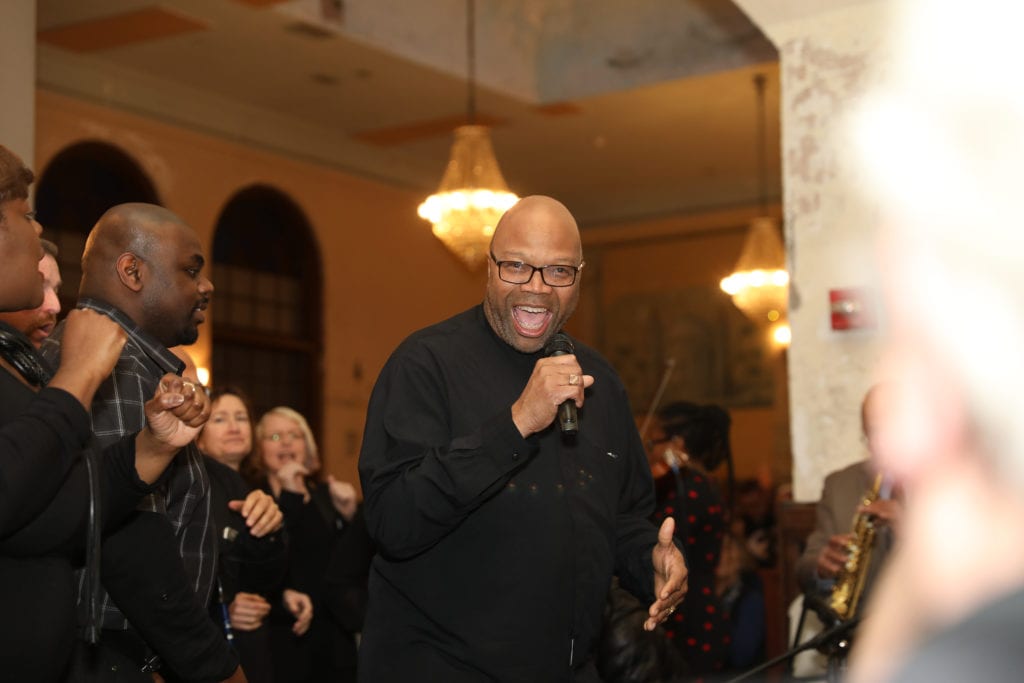
For the fourth year running, the Vilna Shul Center for Jewish Culture in Beacon Hill will host the Voices of Freedom concert on March 29, celebrating unity with a multicultural and interfaith concert. The show will feature the Zamir Chorale of Boston, VOICES 21C and the Boston Community Gospel Choir, which frequently performs with the Boston Symphony Orchestra.
“To have this type of cross-cultural music celebration in this building has been a wonderful experience for us. We’ve been able to do it annually, and it’s become one of, if not our singular, signature event,” says Vilna Shul Executive Director Barnet Kessel. “This idea of reaching a hand across the proverbial aisle … is more important than ever.”
The Vilna Shul has deep roots in the African American history of Beacon Hill, and that centuries-old cross-cultural tradition is part of what inspired the annual concert. The Vilna Shul was originally housed in the former 12th Baptist Church, a building with roots in the 1800s. The Baptist Church was a direct offshoot of the Baptist community gathering at the African Meeting House that is now part of Boston’s Museum of African American History. Vilna Shul moved into the building when the 12th Baptist Church moved to its current location in Roxbury.
When the city seized that building by eminent domain, the Vilna Shul moved a few doors down to 18 Phillips St., but they took the original pews from the 12th Baptist Church building with them. The pews represent a rich African American history in Boston, as Shaw’s famous 54th Regiment, among other historical heavyweights, prayed on them. One of these pews is even on display at the National Museum of African American History in Washington, D.C. As part of a large-scale restoration project at the Vilna Shul, the pews are being restored to their original paint color and quality.
Kessel says this melding of history represents a community coming together across cultural and religious difference, which is also the goal of the Voices of Freedom concert. And the audience members attending the show will sit on those very historic pews. “We all have these narratives, and they’re complicated, but … if we have an opportunity to sit with each other and hear each other’s narrative, we understand how similar we are,” he says.
In the concert, this ideal is illustrated when each of the choirs sings a song from one of the others’ repertoire. The gesture symbolizes the shared values across each group. It’s also the moment when the crowd joins in. Kessel says, “When the audience joins with the three choirs singing music of freedom and liberation and a better world, it’s unbelievable.”







